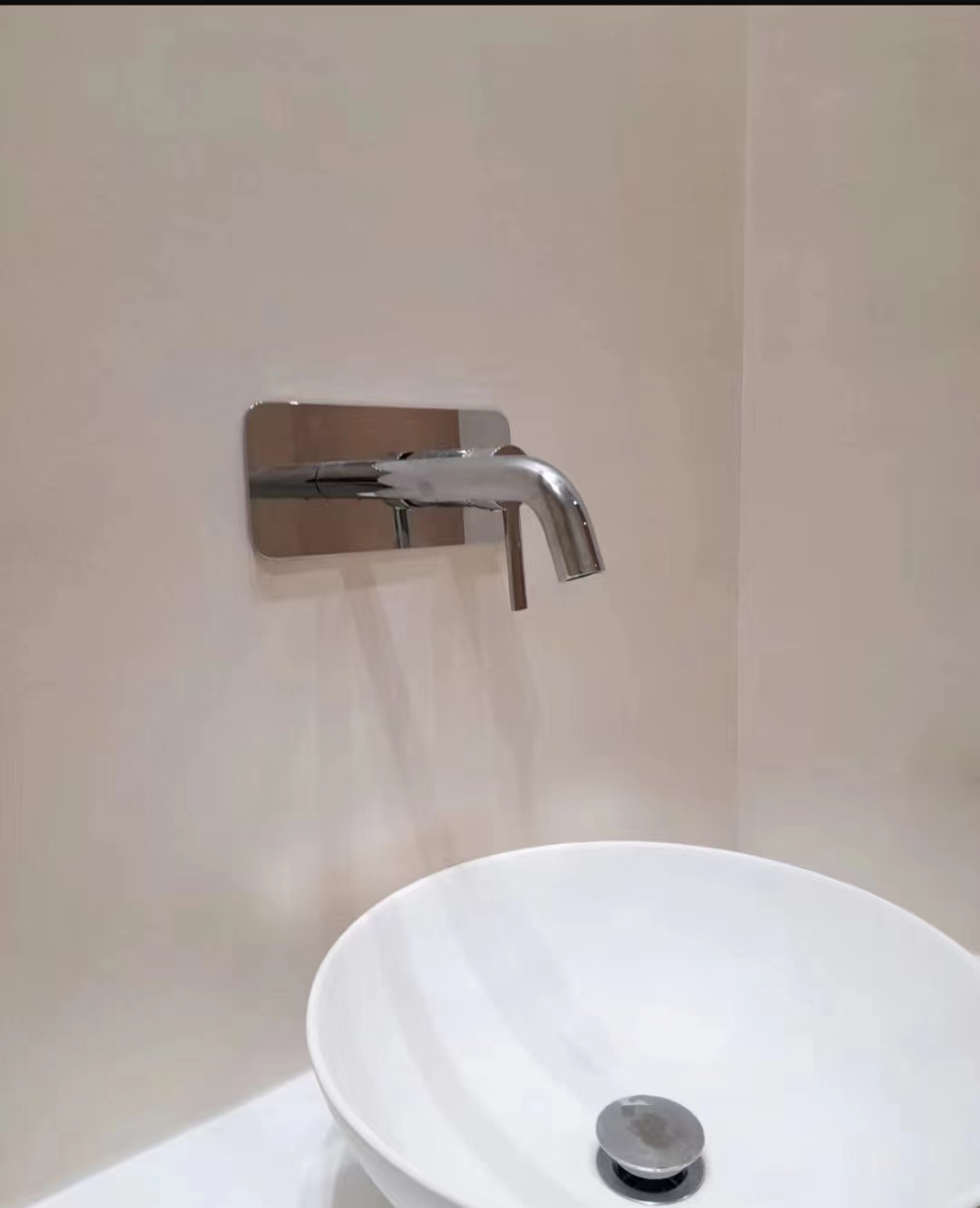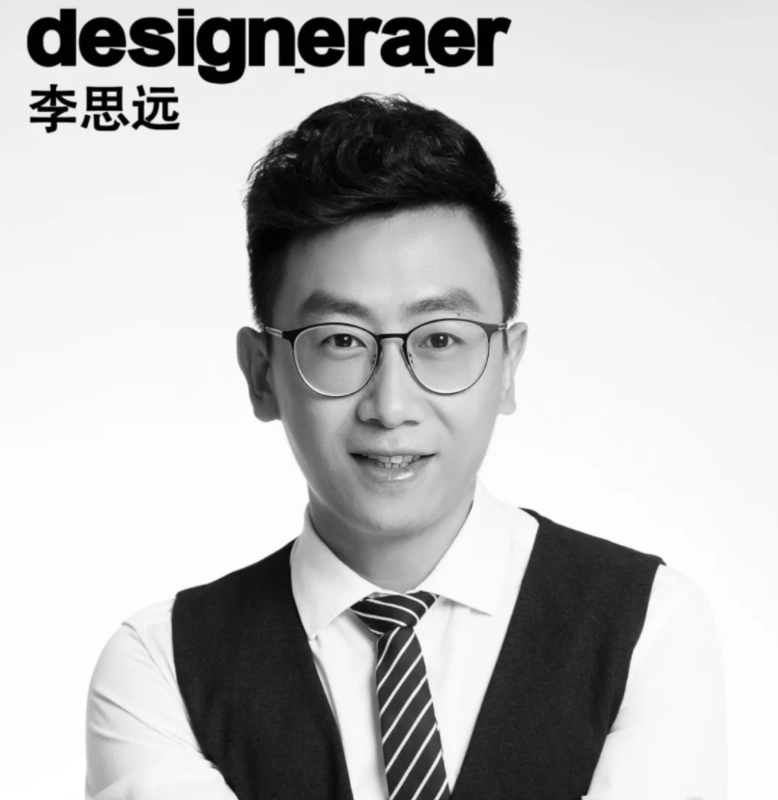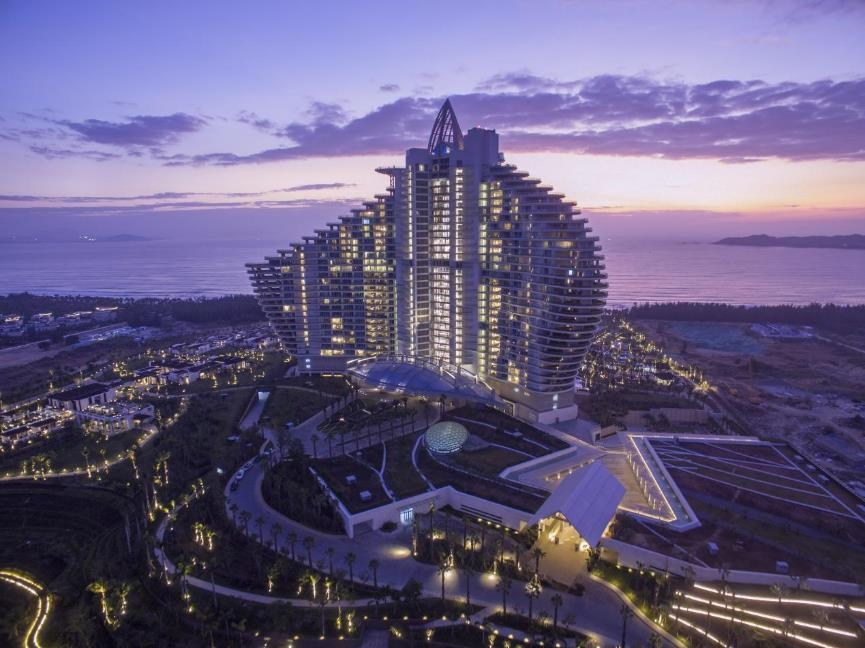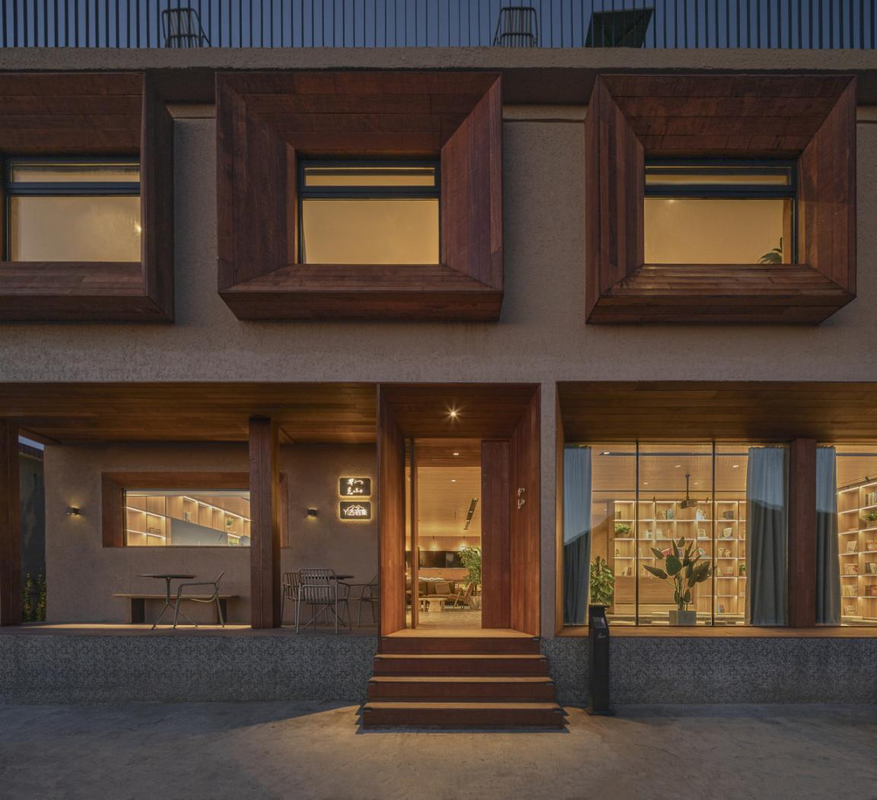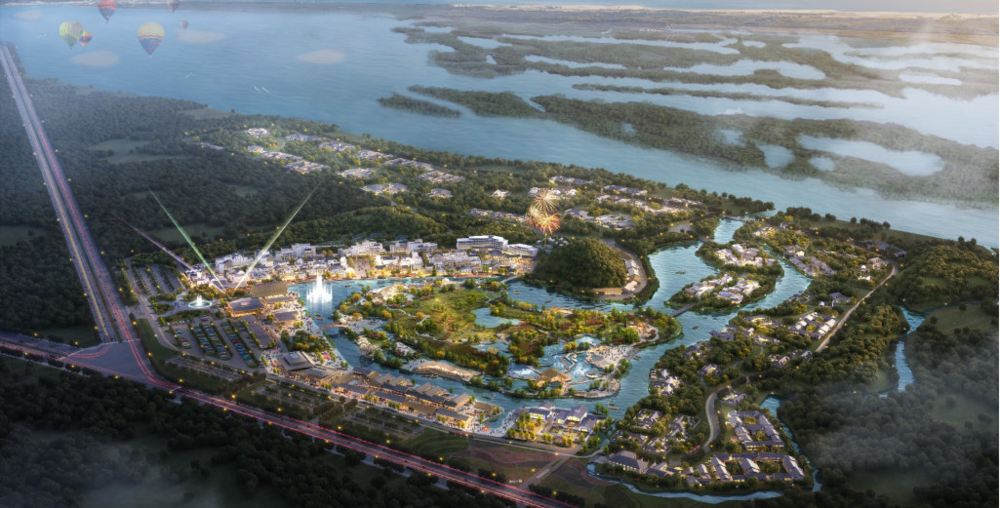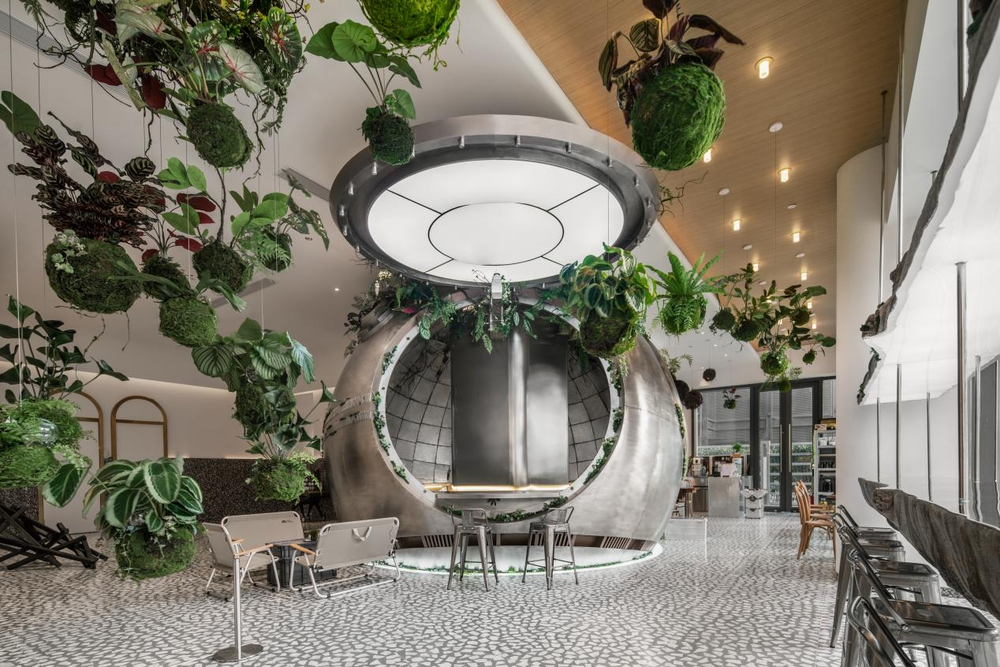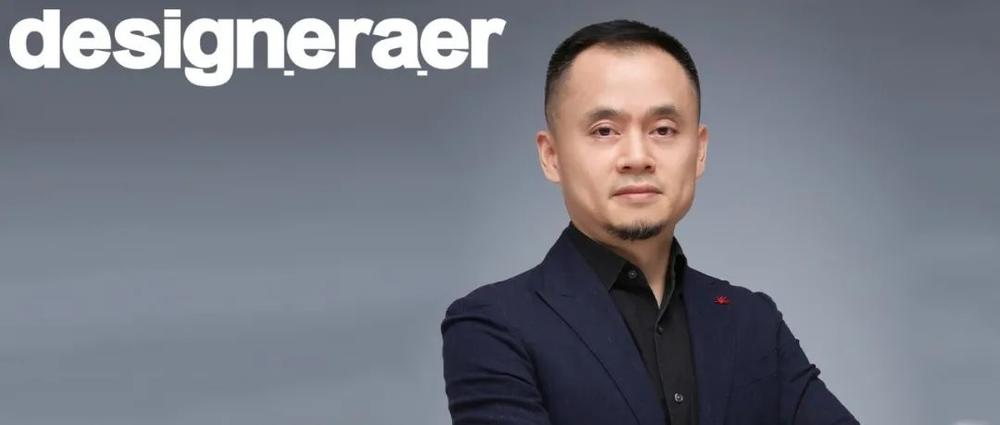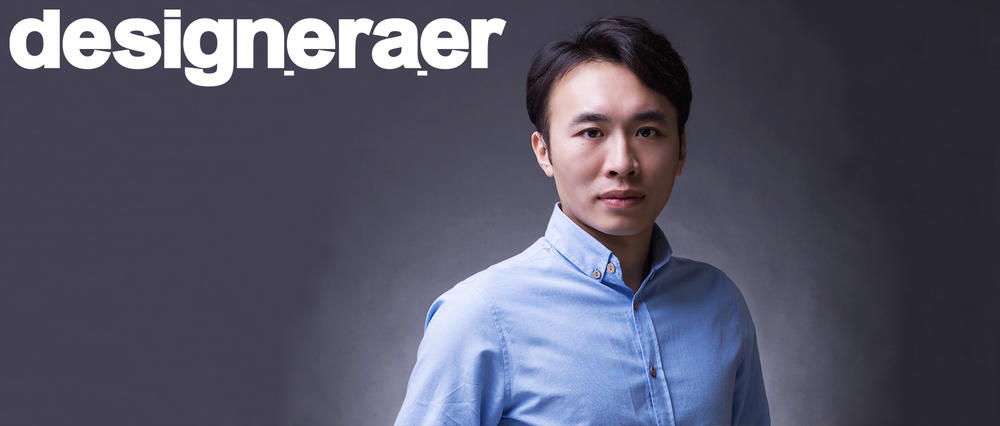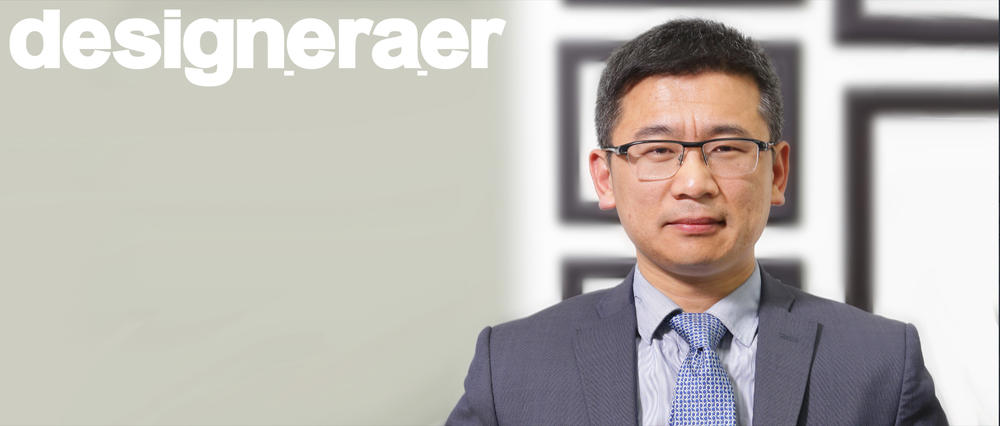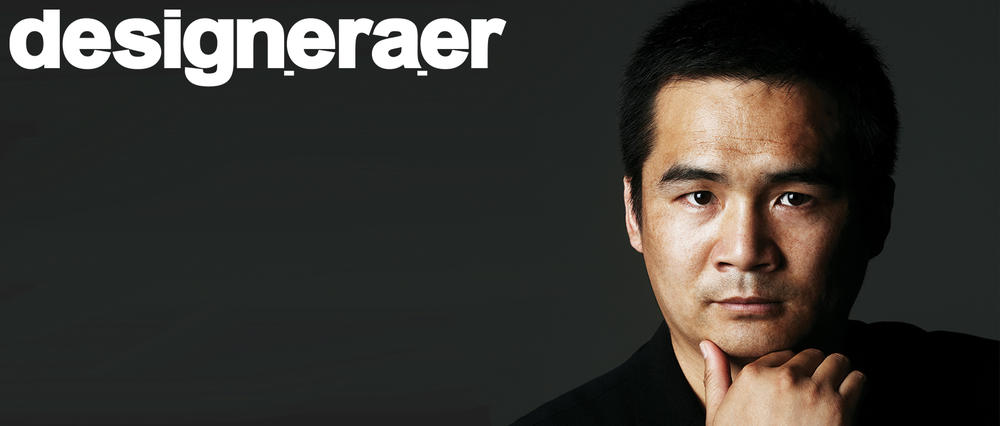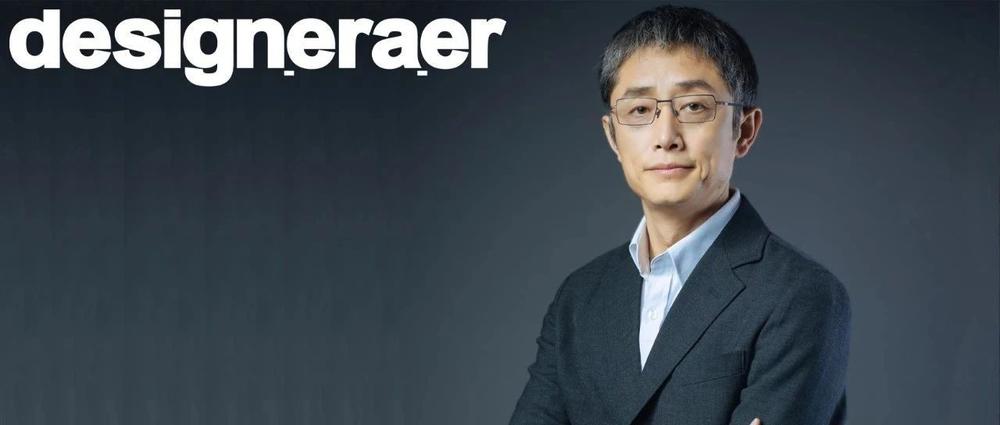Our firm is a tight group of individuals, devoted to architecture. We pour our hearts in the projects we do, because we have the firm belief, they can be of positive impact to the urban environment.
First of all, thank you for the invitation. I’m glad to be here at the Linked Hybrid, a project that we finished in 2009. We’re happy to be part of d.e.r’s effort to expand the discussion on architecture. The aim of our firm is to work on interesting works of architecture that are inspiring, that are a unique result of a few criteria.
首先是尊重场地的特性,与场地链接,以物理的方式回应场地,除了以物理环境为载体,还包括我们所说的形而上学的方面:关于历史,文化,人与场地之间的连接等这样一些概念。这是我们工作室设计的出发点,也是最重要的思考点。第二,斯蒂文霍尔事务所是因为其理念驱动的建筑实践而被大众知晓,我们每个项目都有非常强烈的概念基础,它推动着设计从概念的早期阶段一直到材料应用,家具选择,以及种种细节设计。从项目初始,我们就一直秉承这个想法。
The first one is to be specific to the site, connect to the site, respond to the site in a physical way, obviously as it is the physical environment, but also in what we call the metaphysical aspects of it: its history and culture, what people associate the site with. That's the point of departure of the design, first and foremost. Second, I think, people know about our firm because of our idea-driven approach to design, every project has a very strong conceptual footing, which drives the design from the early stages of concept design all the way through materiality selection, furniture design and detailing. We’re very loyal to that idea from the beginning of a project.
Steven Holl Architects
当代MOMA-联接复合体就是一个很好的例子,你可以看到,例如,项目的一些概念元素会在所有公众可使用的门把手上重复出现,也在其他的细节应用上体现了概念。第三点,斯蒂文霍尔事务所善于并喜欢在材料和光上进行思考和探索。这些就是我们在空间中不可避免会体验到的元素。我们认为这是我们的首要关注点,精彩的材料使用以及将光,自然光作为材料之一进行设计。我们的团队是一支由建筑师和规划师组成的凝聚力很强的团队,默契的合作是我们创造独特项目的重要因素和工具。这也是为什么我们的每个项目都非常不同,没有两个项目是相似的。
You can explore this project (‘Linked Hybrid’) in particular, and you can see, for example, the footprint of the project repeated in the door handles of all public doors, and many other applications of the concept echoing through the design process. The third aspect, I think is that we love to explore materiality and light. Those are the elements under which you experience space. We believe that to be a primary concern of ours, strong materiality and the use of natural light as an actual building material. We are a collaborative group of architects and planners and with that intimate collaboration we create unique projects that are specific to those principles. That's why every project of ours is very different. Our projects are never the same in any way.
斯蒂文霍尔事务所并不是一家大公司,只是在纽约和北京的工作室,但我们持续不断地参与在不同尺度和类型的项目。我们的工作方式并不是需要团队的人都必须在同一个房间里,我们一直遵循Steven提出并执行的“两个地方一个团队”这样的工作方式。24小时7天的昼夜不断的建筑实践合作,这使得在两个工作室不仅氛围十分活跃,工作高效,还可以让团队自发地进行建筑方面的讨论,促成非常高质量的讨论。
We're not a large company. With our studios in New York and in Beijing we continue to take on very complex projects, in size and typology. We don't really need to be in the same room with everybody. We have what Steven mentions and continues to say ‘One office in two places’. This twenty four / seven collaboration of architecture, that happens between the two offices is very lively and is very efficient, but also spontaneous and prolific in our discussion of architecture, at a very high level.
在纽约生活了10年,我开始想要探索并深耕某种类型的建筑。我很幸运,我们的来福士项目有一个职位空缺,“切开的通透体块-成都来福士”项目即将开始, 斯蒂文需要一个领队的人,所以2007年我面试的非常顺利,我对这份工作和工作室里贯彻的设计方法感到十分兴奋,于是我2007年来到这里,现在我已经在中国生活和工作了13年。
Living in New York for ten years, it got to the point that I wanted to explore and hopefully contribute to that type of architecture. I was lucky enough that there was an opening for our Raffles City project, the ‘Sliced Porosity Block’ in Chengdu, and Steven was looking for someone to be the chief architect for that project. We had a really good interview in 2007, I was thrilled with his work and the work of the office, and I ended up coming here in late 2007. Now I am going on 13 years, living and working in China.
It's a humbling experience, to be honest, to be able to contribute to the firm’s journey. If you know where I come from, it’s not easy to get to that environment in which we can be part of the discussion of architecture at that level. So I would say: more of a humbling experience for me and my formation as an architect than anything else.
我有建筑学和城市规划的学位,还有城市经济的学位,这对我在中国工作12年的经验很有帮助。由于我们所做的项目的规模和复杂性,我们确实可以有很大的城市影响-,影响着城市里面的人如何使用周边的城市环境并与其产生关联。了解项目是如何产生的?它们是否可以对城市产生影响?项目中是扩大了或缩紧了城市的公共空间,产生社会互动,以及项目的经济指标?项目是如何融资的? 项目是如何开发的?如果要完成我们所经历的的项目复杂度和尺度,我认为这些问题对于建筑师来说都是必须清晰了解的。这些项目让我知道,可以理解城市环境项目的复杂性是多么的有用且这些理解是可以帮助我真正地进行设计。
I have a degree on architecture and urban planning, in addition to that degree of urban economy. It really supports me in my experience of working in China for over 12 years, because of the size and complexity of the work that we do here, which has very strong urban repercussions, in the way that people use them and relate to the urban environment. Understanding how projects are generated, how they contribute or not to urbanism, how they expand or the opposite, tighten up public environments and create social exchange... The economics of a project too, how projects are funded, how projects are developed. Knowing all of that, I think, is mandatory for an architect,if you are ever going to work under these circumstances and at this scale. Understanding a project like that informs me, it’s very useful for me to understand the complexities of a project of urban insertion in order to be able to take them on.
我们生活在一个社会中,我们都是社会的成员,我们从不会单独行动。上周末我还和我儿子说,去做一个这样的建筑,有成千上万的人参与其中,这涉及到很多个利益相关者。建筑师不是唯一的建筑师,而是众多‘建筑师’中的一员。这与人们对建筑或建筑师的看法相反,或者我认为大学里错误地把建筑师描述为唯一的创造者……但事实并非如此。我认为,我们是一长串合作者和个体中的重要一员,从这个意义上说,理解建筑项目的城市维度是至关重要的。
We live in a society, we are all members of a society. We don’t do anything alone... and I was telling my son over the weekend that to do one of these buildings there are thousands of people involved. There are several stakeholders involved. The architect is not THE architect, he’s one of the many collaborators. That is counter to the notion of architecture or THE architect that people may have, or that I think is wrongfully being portrayed in universities, THE architect as the sole creator... it’s never been the case. We are one, I like to think, important piece of a long list of collaborators and individuals and in that sense yes, understanding a project of architecture in its urban dimension is critical.
We have worked in urban regeneration projects and you are standing on one of them actually (‘Linked Hybrid’). This site itself used to be a light industrial site before the Olympics, which became one of the high standards of sustainability in China. This project is heated and cooled with geothermal wells that are taking care of over eighty percent of the energy required, so this is urban regeneration in its sustainability dimension.
您之前提到的成都的项目(切开的通透体块-成都来福士)也属于城市更新。我们在城市主干道人民南路一层创造了一个巨大的城市广场,因此它与城市当地的交通网络、公共空间都得到了很好的连接和贯通。这个大型城市广场承载了几乎所有类型的公众活动,它看上去和我们现在在的MOMA的广场有些类似,但是有更多的景观,为成都市中心创造了一篇绿洲。
Our Chengdu project (‘Sliced Porosity Block’) that you were mentioning before, is very similar on this regard. We formed a large urban platform that is connected with Renmin Nanlu, the main artery of the city, and therefore connected with the vernacular network or public spaces in the city. This large plaza hosts all sorts of public activities, and is an environment that looks like this (the Linked Hybrid central courtyard) but even greener, creating an oasis in the center of a very paved urban setting that is downtown Chengdu.
▲ 当代MOMA-连接复合体 电影院Cinematheque ©Shu He
我们的成都项目(切开的通透体块-成都来福士)也做了同样的事情,我们将艺术装置嵌入到建筑的形状中,这是一个12,000平方米的广场产生的关键元素,作为人们互动的社交平台,在这里文化属性是根本。这是我们对那些“只为富人设计”的担忧的回应。
我们不是那样实践的,不需要非此即彼,而与愿意尊重这个想法的善于思考的客户进行高效合作的空间其实有很大。
Similarly in our Chengdu project (‘Slice Porosity Block’), we have art installations embedded into the shapes of the building, which are key elements in the generation of a 12,000 square meter plaza that functions as social platform for people’s interaction, in which culture is primordial. That is a response to our worries regarding art being available only to rich people.No, we don't work that way, and it doesn't need to be either / or. There's a lot of room to generate very productive collaborations with mindful clients who would value that idea.
当我们能够提出一些比较出格的元素或具有开创性的项目时,比如当代MOMA-联接复合体,比如成都的切开的通透体块-成都来福士,比如我们现在正在做的碳云总部大厦,还有我们在北京做的“北京旭辉七里庄商办大楼”,是一个建筑语言非常有趣的复合功能通透性极佳的设计。这些项目需要我多次与多方利益相关者共同商讨,这也是我喜欢做的事情,因为你不仅有机会向规划部门、客户和其他利益相关者解释项目设计的意图,而且你还需要了解并理解他们权力。你必须了解他们来自哪里,他们关心的是什么,然后再与他们合作。
When we have been able to propose element or projects that have become groundbreaking in some regards like the ‘Linked hybrid’, the ‘Sliced Porosity Block’ in Chengdu, like the ‘ICarbonX’ headquarter we are doing now, like our ‘CIFI International’ in Beijing (a porous mixed-use of very interesting language), they are projects that require my involvement with stakeholders on the ground, and that's something that I love to do, because you don't only get the opportunity to explain the intentions behind these projects to Planning Department, to the client, to other stakeholders, but you get to understand their prerogatives. You have to understand where they come from and what their concerns are, for you to work with them.
例如,我们再谈谈此刻这个项目,这个项目有电影院Cinematheque (当代MOMA-联接复合体),有连接所有的塔楼的廊桥,还有开放的广场。
For example, let's talk about the project we are in now (“Linked hybrid’), a project that has a Cinematheque, that has bridges connecting all the towers and has an open plaza.
We gave enough freedom for the operator, as it is their project to manage in the end. We don't necessarily expect users to behave in a certain way. We potentiate certain functions, so of course user-space relationships flourish organically in the way that people use the building. (‘Linked Hybrid’ ) The bridges were something very important for the project’s concept, to provide this semi-public functions in areas of the buildings that are usually very private. We didn't have specific expectations, or a recipe for how those spaces needed to be used. We gave some ideas: a yoga center, an auditorium, a swimming pool, and some of those functions stayed. That second bridge is a swimming pool, that first bridge is an auditorium. They remained the same as in our proposal. Some of them became museums, some of them became commercial enterprises. One of them remained a gym. All that as a mix of our planning and the natural changes given by the users and the operator over time. This was a very unique feature for a residential typology, which historically in Beijing at least, or in many places in China, is a very private typology. I'm challenged to think of another project that has done what this project did in China at large, a project that continues, twelve years after its completion, to be open to the public and be as vibrant as it was originally intended to be.
这个项目是多方利益相关方成功合作的结果。这是非常重要的,因为我们知道,当涉及到一些我们认为具有开创性的想法时,我们正在突破一些既定的边界。
It’s done through the process of that collaboration with stakeholders. That is very important because, we know, we were pushing the boundaries when it comes to some of these ideas that we consider to be groundbreaking.
▲ 当代MOMA-连接复合体廊桥 ©Shu He
When it comes to Shenzhen, the project that we're doing in Shenzhen (‘ICarbonX’), we're very mindful that we are dealing with a tropical environment. There will be a large water feature in the center of the public space, which is one of the many items that would create a suitable environment for people to enjoy the outdoors, and in Shenzhen people enjoying the outdoors is a challenge due to its climate. But we have high hopes that it will happen with our design.
In our Nanqiao project in Shanghai (‘Shanghai Cofco Cultural & Health Centre’), our landscape is part of the extent of the Punan River landscape. We intended for the user, who might not care or need to know about architecture, someone who is just experiencing that landscape, to see our plaza as an extension of the one thing that he or she already experienced (the river landscape), who will be very comfortable in that extension of the landscape, we hope. That’s how we have designed that space. Yes, we take that diversity into considerations.
We go to the site. I go to the site for all of our projects. I plan to spend as much time as possible. But as an architect, I have twenty five years of experience, you grow into the position that you can understand things through research as well. We do a lot of research, which is fun. For instance, the project that we are doing in Shenzhen for ‘ICarbonX’, it is a headquarters for a genomics institute. It is a fun subject to study, we really went at it. We interviewed specialists and scientists during this research period.
例如,当时Siddhartha Mukherjee(基因组学领域的一位著名作家)来到我们的办公室进行了一场小讲座,让我们了解这个科目的一些背景和研究现状,以及我们如何将科学概念应用到建筑形式和概念中,因为形式和功能必须表现出客户的远景及身份。所以我们按照这个方式研究每一个项目,这个过程中自然而然地客户都会向你传达一些知识。我们正在做的项目我不能告诉你太多,我花了很多时间去和利益相关方沟通,尝试通过对话了解他们对这个项目的意图是什么,以及他们如何看待这个项目的建成和使用,这点很重要。
For instance, we had Siddhartha Mukherjee (a renowned writer in subjects as genomics) in our office, engaging in a dialogue to understand what is the context and research status on the subject, and how we were to apply scientific concepts into the architectural form and concept, because the form and function have to represent the client’s aspirations and identity. We research every project in that regard, and of course it has happened (and you want this to happen) that the client educates us in the process. We're doing a project that I cannot tell you much about, in which I'm spending a lot of time talking to the stakeholders, trying to understand what is their intention for our project. How do they see the project being done and used? Yes, that’s also very important.
罗勃特:我们认为建筑实践就像全科医生或普科医生看待人体一样,一切都是必要的。建筑和城市主义的概念可以扩展,并融入景观设计,室内设计,照明设计,所有这些专业都需要同样的设计努力。我们认为景观设计是建筑作品中不可分割的元素,我刚才提到了我们在上海南桥做的项目(上海中粮南桥半岛文体中心与医疗服务站),公共空间和它的景观是建筑立面的一部分,也是室内空间语言的一部分。它们是不可分割的,不能粗暴的将其分开理解成独立的个体。
We see our practice the way a general practitioner or a general doctor sees the human body. Everything is complementary. The concepts of architecture and urbanism can be expanded, and integrated into landscape design, interior design, lighting design, all of these are part of the same design effort. We practice landscape and architecture as if they were indivisible elements in a work of architecture. I mentioned just now the project we're doing in Nanqiao in Shanghai (‘Shanghai Cofco Cultura l& Health Centre’), the public realm and the landscape of it is integral to the language of the facade, which is integral to the language of interior spaces. It is indivisible, you just cannot break them into separate entities.
In Chengdu (‘Slice Porosity Block’), the large plaza we generated, with gingko and osmanthus trees, the use of water as white noise to create a sense of microclimate or an oasis, all that is indivisible from the towers. In our ‘ICarbonX’ project, the two towers (one a hundred and fifty meters tall, and one two hundred meters tall) are integral with the landscape master plan on the ground floor and at a podium level, which branches out into the other neighbors around it. So we see this effort of landscape and architecture as an indivisible one.
